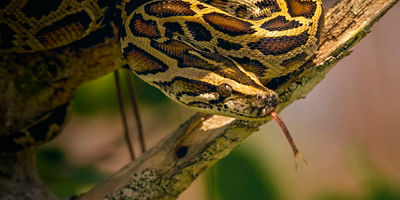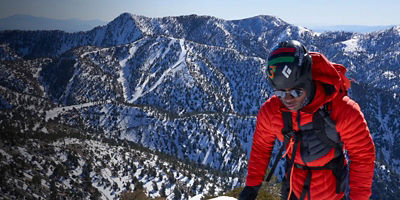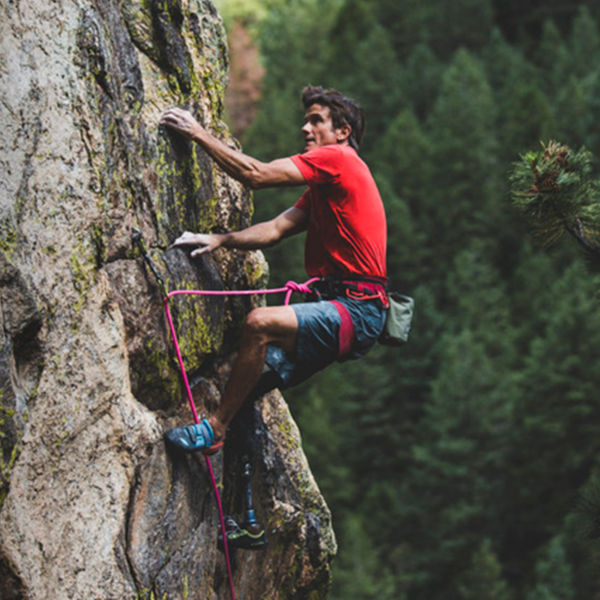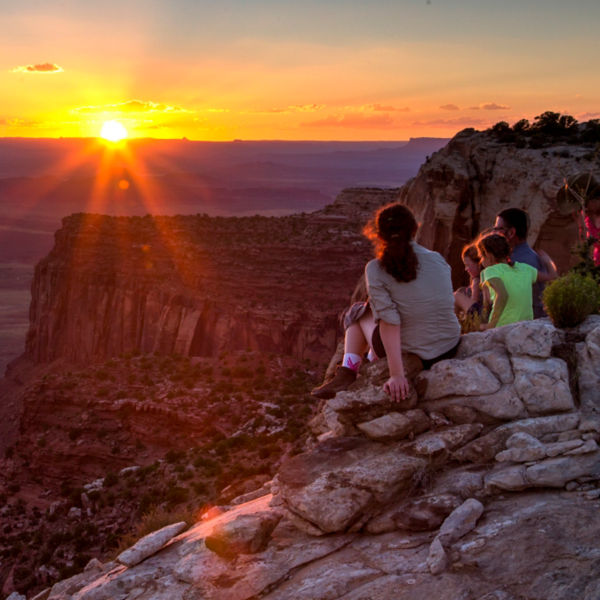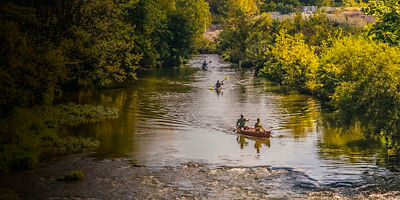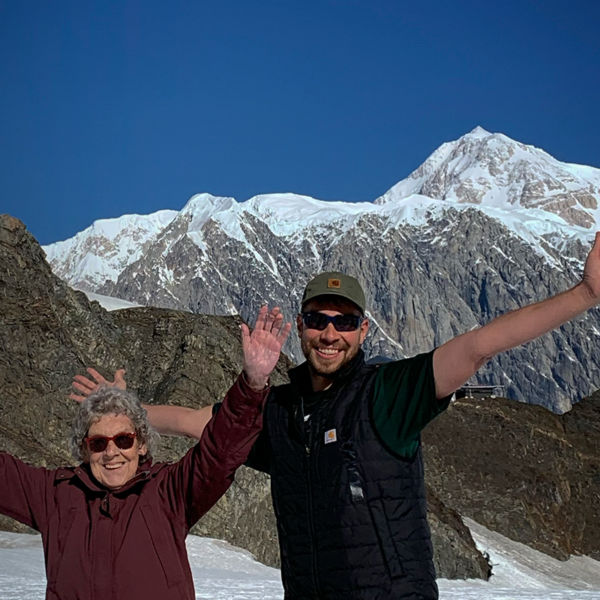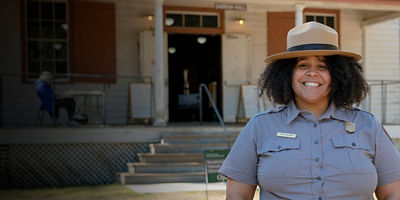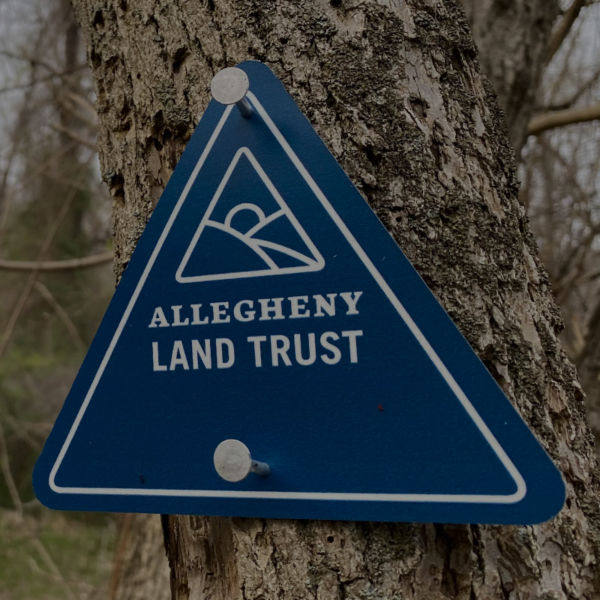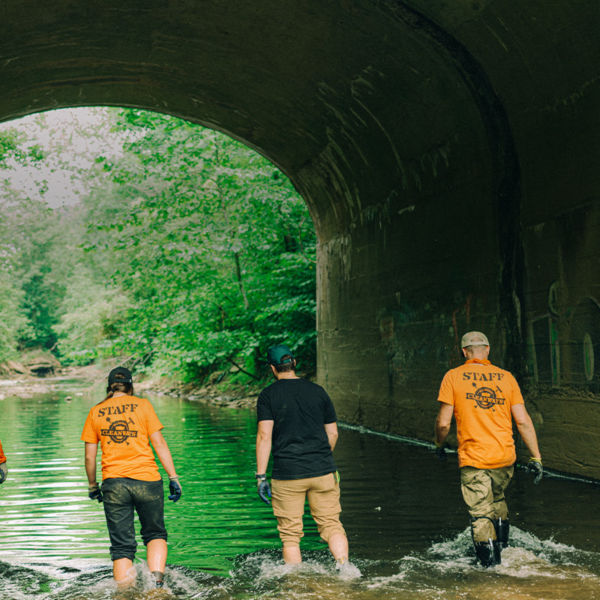
I’m Michael Kleber-Diggs, a writer and arts educator who thrives in outdoor spaces., I’m partnering with Public Lands to showcase four Black Park Rangers. See our profiles on Jerry Bransford, Shelton Johnson, and Olivia Williams.
Our fourth and final profile for this series is Kelli English. She is the Chief of Interpretation for John Muir National Historic Site, Eugene O'Neill National Historic Site, Port Chicago Naval Magazine National Memorial, and Rosie the Riveter World War II Home Front National Historical Park in California. English recently celebrated her 22nd anniversary in the National Park Service.
Our conversation covered a wide range of topics, including the path English traveled to becoming a Park Ranger, her work at the parks, the importance of remembering difficult history, her family’s history in outdoor spaces, and the value of diverse races and backgrounds in Park Service staff and visitors.
MICHAEL KLEBER-DIGGS: You were studying to be a scientist before you became a Park Ranger. How did you make that leap?
KELLI ENGLISH: Well, I took a job as a research assistant right after college. I was working in Puerto Rico at the time, conducting behavioral research on a group of rhesus monkeys who were part of a biomedical study. I went to a field station on this little island off the eastern coast of Peru. I lived in this tiny town and got good at Spanish. I realized that I just didn't really enjoy the research itself. What I loved, though, was talking to all the kids in the neighborhood about exactly what we were doing out there and combating some of the misconceptions. That was a huge epiphany for me. I realized that I felt strongly about issues of conservation, but I also felt strongly about education. So I thought, How can I get into this? I came back to the States and ended up taking an internship at a residential environmental education center at Indiana Dunes National Lakeshore.
You were working with kids?
Yes, students. And at Indiana Dunes, I realized the combination of loving science and loving history and loving education was really what I wanted to do. It was set up so that one class would come in for three days, then another class would come in. So the first group of the season came in one Monday morning, they were from downstate Indiana—mostly white kids. This was February, and they were all dressed properly for the weather. They had a great time. That Wednesday afternoon, the new group that came in couldn’t have been more different. They were almost completely people of color. Most of them did not have proper footwear. We actually had a little collection of coats and scarves and gloves and things like that, even a couple boots. So we were giving out all of the gear we had because a lot of students didn’t have sufficient gear for walking around the snow in Indiana in February.
This sounds like a moment of epiphany too.
It was. The difference was so great that I actually had to retreat to the bathroom for a few minutes to kind of get my head around it. I remember standing there in that bathroom thinking, You know what? I know these kids. I know exactly where these Chicago kids are from. They’re from the west side. I know where their school is, and I know their neighborhoods. I know this because I’m from the south side. I know that many of these kids have probably never been beyond about a five-mile radius of their house. I realized I was probably the one person in this building who knew these kids and their experience. I knew where these kids were coming from and my well-meaning colleagues did not. [English and her colleagues worked for the education center, not the Park Service.]
I realized I was in a unique position to be able to bridge that gap. And I was also positioned to be able to model that for my colleagues. So I walked out of the bathroom with a whole new vision and a whole new understanding of the limitations of the field that I was getting into but also the idea that I had the ability to help with the opportunity, to help reach a broader audience.
I’m fascinated by two levels of conversation that are happening there: One is the point where science becomes translatable and explainable and receivable by people who are not scientists. The other is, as you shared, the inherently powerful moment when students from an urban environment like Chicago arrive at a new place. When my daughter was in school in the Twin Cities, where I live, we went on a school field trip to northern Minnesota up to Bemidji, which is a lovely area rich with forests and lakes. A fair portion of the students on the bus with us had never been out of the metro area.
Yeah, I experienced both of those things almost at the same time. I had the ability to make these students feel welcome because I understood them in a way that most of my colleagues did not. I realized I could teach my colleagues how to better understand that a lot of our students come from really different experiences. And what matters most is that you are able to adjust to meet students where they are.
That led me to more collaborations with the Park Service and eventually I ended up switching uniforms, moving from the residential education center to parks. So that was kind of the epiphany of, Wow, this is the right thing for me, and I have a unique combination of skills and life experiences to be able to bridge a gap that is often missed. And so, as you can see, that’s stuck with me for 20 years. I think about that moment a lot.














